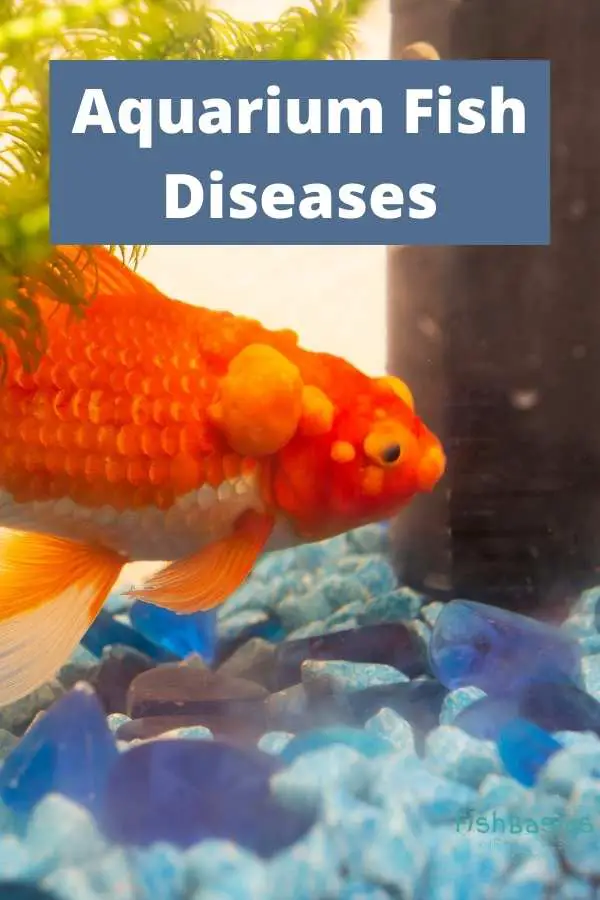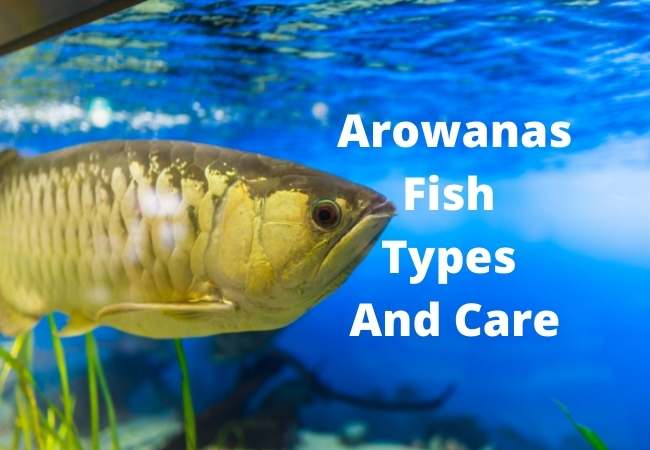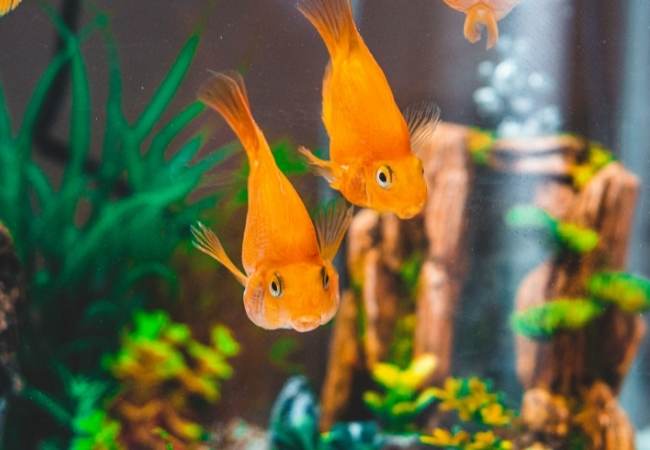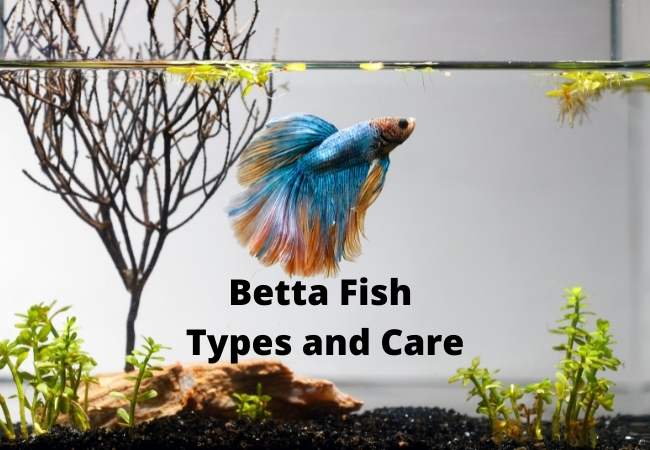A list of the common aquarium and pond fish diseases that every fish keeper and fish breeder needs to look out for. Just like all other pets, fish also get sick and attacked by different types of parasites. The best way to manage these diseases is to identify them early and provide the necessary treatment before things spiral out of control.
Aquarium and pond fish diseases include bacterial diseases, fish lice, fish fluke, and Ich.
Common Aquarium and Pond Fish Diseases
1. Bacterial Diseases
Some of the common challenges when it comes to fish breeding and fish keeping are caused by different types of bacteria. The different types of bacteria which cause different types of diseases.
Some species of fish are susceptible to certain types of bacteria while they are resistant to other types. The bacteria cause diseases and illnesses either externally or internally. The bacteria enters the fish through openings such as mouth or skin and cause damage to internal organs.
Other types of bacteria attack the fish on the surface of the skin and cause sickness.
Bacterial diseases are dangerous and if left untreated can lead to serious damage and death in fish.
Common Fish Bacterial Diseases
- Fin Rot– is a bacterial disease where the bacteria attack the fish’s fin causing it to rot.
- Bacterial Gill Disease is where the bacteria attack the fish’s gills.
- Systemic Bacterial Infection in fish occurs when the bacteria have gained access to the body of the fish. In such cases, multiple organs can be affected which can be fatal.
Bacteria attacks can also result in lesions and ulcers which can be spotted on the body of the fish.
Some of the common symptoms of bacterial infections include red irritations and wound-like marks which can be spotted on the skin of the fish.
One of the fish types that is commonly attacked by bacteria is the Koi fish.
2. Fish Lice
The scientific name for Fish Lice is argulus. It is also known as a common fish louse. The parasites are about a centimeter in size and can be a serious problem for fish keepers.
The parasites have a proboscis which they use to attach themselves to the body of the fish. The lice then suck fluids from the body of the fish which can cause serious damage to the fish.
The fish lice can be spotted on the body of the fish. Keen fish keepers can recognize them if they are present on the fish.
In some cases, it might not be easy to identify fish that are infected by lice. This is because the lice hide in the spaces between the fins.
A thorough and careful inspection will help identify any infected fish. Sometimes the lice can present as dark spots on the body of the fish. This is especially the case when the lice are not moving.
Another symptom to look out for is a lot of movement from the fish. Infected fish move a lot and are quite agitated.
It’s important to note that fish keepers should aim to identify the problem before it reaches this level. By the time the fish are becoming agitated and restless, the infestation has already progressed and there are too many lice.
3. Fish Fluke
Fish Flukes are common and are generally harmless when present in small numbers. However, when found in large numbers, they can be detrimental to the fish and even fatal.
Fish flukes are tiny and are about 2mm long. Their small size makes them almost invisible to the naked human eye. The flukes attach to the body of the fish using hooks found on their mouths.
After attachment, the flukes suck fluids from the body of the fish. If they are in large numbers, the flukes can suck too much fluid and cause death. The fluke can remain attached to one fish throughout its life cycle.
Once a fluke attaches to the fish it remains attached for a long time since it can get all its needs there. In general, fish flukes can be difficult to get rid of. However, there are several medications available to treat the flukes.
Gill Fluke Infections are some of the common infections to look out for in pond fish.
4. Ich
Ich is also known as costia or itchtyobodo. These are common parasites and can often be found on the fish bodies.
Some types of fish can get infected with Ich and not present with any symptoms at all. When present in small numbers, Ich cannot cause any significant harm to the fish.
The fish has enough defenses in their body to keep Ich under control. However, when the fish are suffering from other sicknesses or infections, their immune system is weak.
The Ich take advantage and begin to multiply and can get out of control if mitigation measures are not taken. Just like most other parasites, the Ich can multiply very fast when the conditions are right.
The common symptoms in infected fish include the presence of large amounts of Ich on the body of the fish. The breathing of the fish also becomes labored.
Fish that are facing a serious infestation will isolate themselves and retreat into secluded corners.
Fish keepers should aim to identify the problem before it gets to this stage through regular inspection. Ich infestations that have reached the level are often hard to manage and often result in death.
Final Thoughts
If you are keeping fish in an aquarium or pond, your fish will at some point get sick. Although some of the diseases and sicknesses can be avoided and prevented with proper care, the risk cannot be eliminated completely.
I hope you found this post on common aquarium and pond fish diseases helpful. If so share it and also follow me on Pinterest for more posts on fish keeping.









